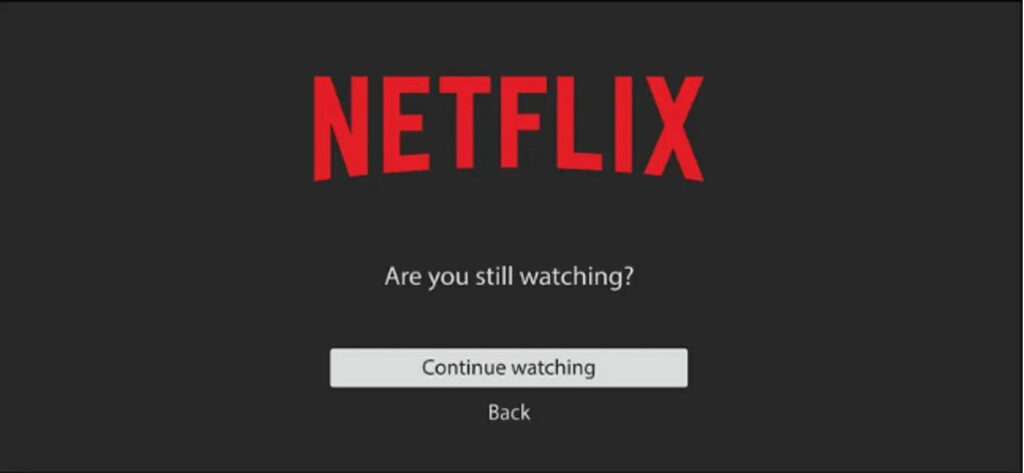Does your Salesforce data spark joy?
Our world changed in 2020—and the following months (and now years) have brought us than their fair share of anxiety and uncertainty. But we’ve also found joy, comfort, and distraction where we could. Marathons on Netflix with gurus like Marie Kondo, Clea Shearer, and Joanna Teplin helped us realize our organizational dreams. (Or maybe it was just us making multiple online purchases per week at the Container Store.)

Marie Kondo introduced us to the art of tidying by identifying items that spark joy. Clea and Joanna swore by their organizational system that includes four steps:
- Edit or pare down what you have.
- Categorize by putting things into manageable groups.
- Contain with help from the Container Store.
- Set yourself up to maintain by labeling everything.
Surprisingly (or maybe not so much), we started seeing parallels between the challenges of decluttering our homes and helping our clients make sense of their cluttered data. Trying to organize data that lives in all the shadow systems (WHY SO MANY EXCEL SHEETS?) gave some of us flashbacks to organizing our closets. Seriously though, some of us may or may not have worn helmets when opening closet doors. (Hint: it was not Cooper – check out his sheet folding skills.)
Trying to make sense of your data can feel overwhelming, and we don’t want you to miss out on the benefits your Salesforce system can provide when seeded with a clean data set. Here are some tips and tricks that will take the guesswork out of organizing your data and help you and your organization create solutions that spark joy!
Prep
The Surreal Experience
At the beginning of each episode, the featured person has a reality check moment. They come to terms with the reality that their current system isn’t working, and they need a glow-up. Here’s how you can have a cute reality check moment:
- Conduct a field utilization audit.
- Identify the types of data you track.
- Create an organizational system for your data with the help of an object-level data map.
- Help identify the data you do not use and may not need anymore.
- Create an inventory of all the shadow systems where your data lives.
- Note duplicate data and data types, as well as inconsistent data.
- Understand your data gaps to help with incomplete data pain points.
Now that you’ve inventoried your data in a way Clea and Joanna would approve, you are ready to get organized.
Edit
Never, Ever Skip The Edit
Our organizational gurus dive in by doing a proper edit, and no, you cannot opt out. They do this by looking at everything in the room – and yes, they mean everything – and assessing what you need to keep.
Editing is the most important part of the data migration and cleaning process, too. We all have heard “garbage in, garbage out” when discussing data, and the Edit phase helps us set a foundation for the data that’s transitioning into a more organized Salesforce instance. Don’t panic… we got you with these recommendations:
- Create a complete backup of your data.
- Run the Salesforce Optimizer Report.
- Analyze Field Utilization (Field Trip).
- Identify problem areas:
- Duplicate records;
- Fields that can be combined/consolidated;
- Old data that is no longer needed.
- Review Field Types. For example: are you using text fields when you need a standard set of values to analyze? If so, red flag! Field Types should be a picklist.
- Review any instances where users engage with data outside of your system to identify gaps or pain points.
If you need to ugly cry, don’t worry — you are not on camera!
Catergorize
Ask Yourself If It Sparks Joy
Clea and Joanna kick off the next phase by categorizing everything in the room. They group items, so there is “a place for everything, everything in its place.”
In the show, gurus organize items into categories like clothes, shoes, purses, etc. If you are an association with big data, this can mean organizing members, products, and / or events. Visualize your destination – a clutter-free Salesforce system – and let’s get started with the next steps:
- Create an object-level data map.
- Map your old fields to new fields.
- Consolidate records and note which to keep as the master record and which should to delete.
Now that you’ve organized your data into more significant categories, you can dive into the details. And remember, if your data does not spark joy, do not migrate it — but before discarding any data, review your organizational data retention and deletion policies.
Contain
Your Label Maker Is Not Ready For This
You’ve identified the data that is here to stay, and it’s ready for the transformation. Importing your data is an iterative process. We recommend doing a test import to allow users to review and validate your data in your Salesforce instance.
Salesforce instances come with a “partial copy” sandbox that you can use to test your updates. As the name suggests, though, it’s only a partial copy with 10,000 records from each object. Insider scoop: Your Salesforce Account Executive can help you get a “full” sandbox that makes it easier to visualize the results.
Select your environment, do a test of your updates in the sandbox, and review the effects. You’ll likely find a few threads that need to be unwound – like workflow rules or reports that used old, duplicative fields. Don’t forget to push the “Where is this used?” button in Setup. As you cease using these fields, you can make them read-only and/or rename them to indicate they are being phased out and then eventually deleted.
UAT is complete, and you are ready for your final import. Just repeat the steps that you identified in the test process in your production instance.
Your data is looking cute, and you are ready for the next steps so it can stay that way!
Maintain
It’s Not A Phase, It’s A Lifestyle
Our organizational gurus emphasize the importance of commitment to maintenance regularly, rather than occasional effort. Data is an important asset if it’s clean, consistent, accurate, and complete. Here is how you can set standards, so the reporting or analytics in Salesforce is reliable:
- Create a data governance structure.
- Implement best practices:
- Duplicate rules;
- Validation rules;
- Help text on fields;
- Automate when possible.
- Create a plan for ongoing de-duping and monitoring of incomplete data.
- Utilize change management to help generate users’ buy-in and highlight the importance and ROI of clean data.
- Routinely audit your data.
You have done it! You no longer need a helmet when opening your data closet. Salesforce administrators, are you still watching?




